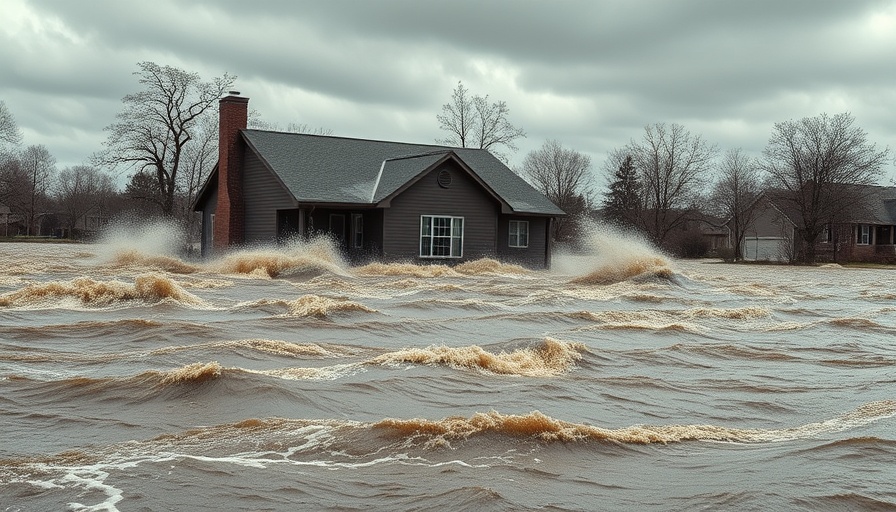
Understanding the Hidden Threat of Nanoplastics
Every year, the world produces over 400 million metric tons of plastic, most of which ends up in landfills or our environment. A staggering but often overlooked consequence of this plastic waste is the emergence of nanoplastics—tiny plastic particles that are reshaping our ecosystems and even invading our bodies. Once part of larger plastic items, these minuscule remnants measure less than 1 micrometer, making them nearly invisible and extremely challenging to study and monitor. Yet, their presence is undeniable, and their implications for human and environmental health are only beginning to be understood.
The Journey from Plastic to Nanoplastics
Plastics degrade through various environmental processes into smaller pieces known as microplastics (less than 5 millimeters) and further into nanoplastics, which are almost insignificant in size. This transition means they not only infiltrate oceans, rivers, and soils, but they also enter the food chain, affecting over 1,500 species, including humans. Their pervasive nature raises alarms about our exposure to these materials through food and drinking water.
Unmasking the Presence of Nanoplastics in Bottled Water
A recent Columbia University study highlights the startling prevalence of nanoplastics in bottled water. Researchers found that a liter of tap water could contain hundreds of thousands of particles, primarily originating from the bottles themselves, as well as from the purification process. The study used an innovative method called Raman scattering microscopy to precisely identify these particles and indicated that common plastics like polyethylene terephthalate (PET) are prevalent. This discovery shines light on a previously murky aspect of bottled water, prompting us to question the purity of the products we consume daily.
Nanoplastics in Our Tap Water
Equally concerning is the discovery of nanoplastics in tap water. Standard water treatment processes, while effective against larger particles, often leave behind smaller contaminants, including nanoplastics. Aging infrastructure poses an additional risk, as breakdowns in pipes and fittings contribute further to this plastic pollution. It's a confluence of factors making nanoplastics a common yet largely hidden part of our daily water supply.
Confronting the Challenge Ahead
The spread of nanoplastics into our environment and bodies calls for urgent action. As Seattle residents and broader communities strive for sustainable living, it's essential to understand how our consumption choices impact not only our health but also the planet. Awareness is the first step toward effecting change—whether by choosing alternatives to bottled water, lobbying for better waste management practices, or supporting initiatives aimed at cleaning our water supply.
Turning Information into Action
As adults in Seattle who care about sustainability, it’s crucial to educate ourselves about the risks posed by nanoplastics. You can start by exploring local initiatives focused on reducing plastic consumption, advocating for cleaner water infrastructure, and considering home filtration options that target micro and nanoplastics.
Understanding the intricate link between our health and the environment empowers us all. Together, we can motivate efforts to demand policy changes aimed at combating plastic pollution and holding industries accountable for sustainable practices.
Let's take active steps today to ensure a healthier tomorrow—both for ourselves and for the planet we share.
 Add Row
Add Row  Add
Add 




Write A Comment